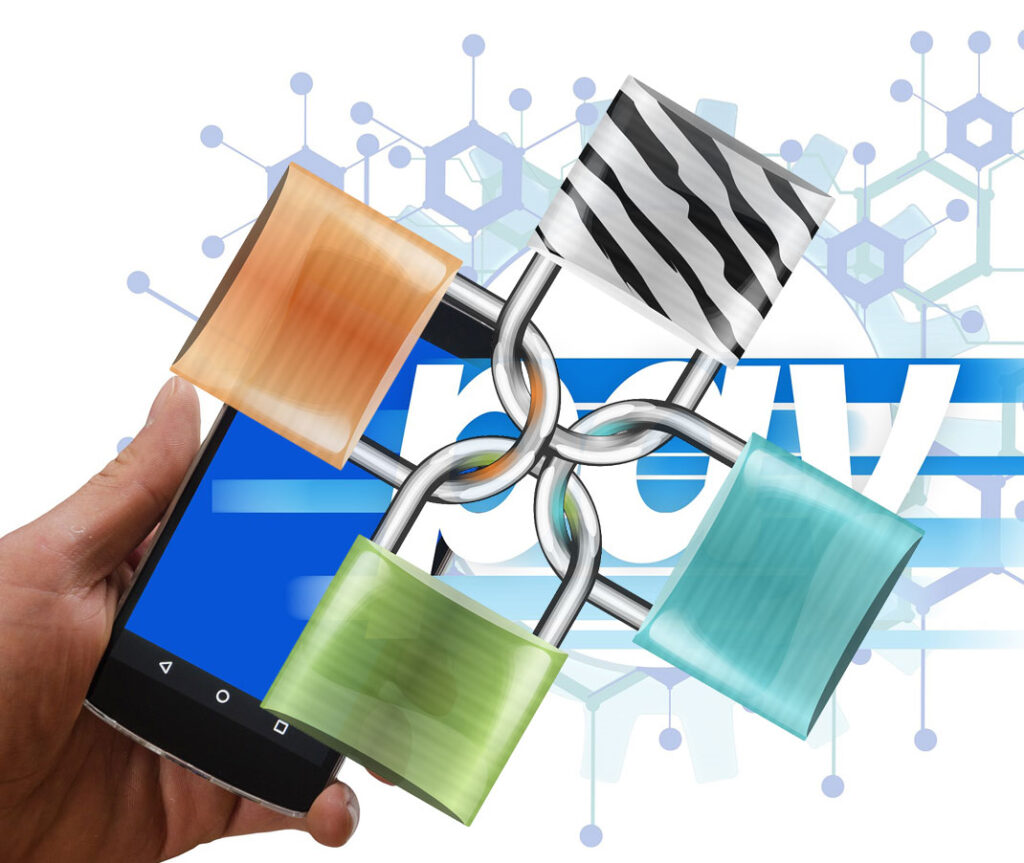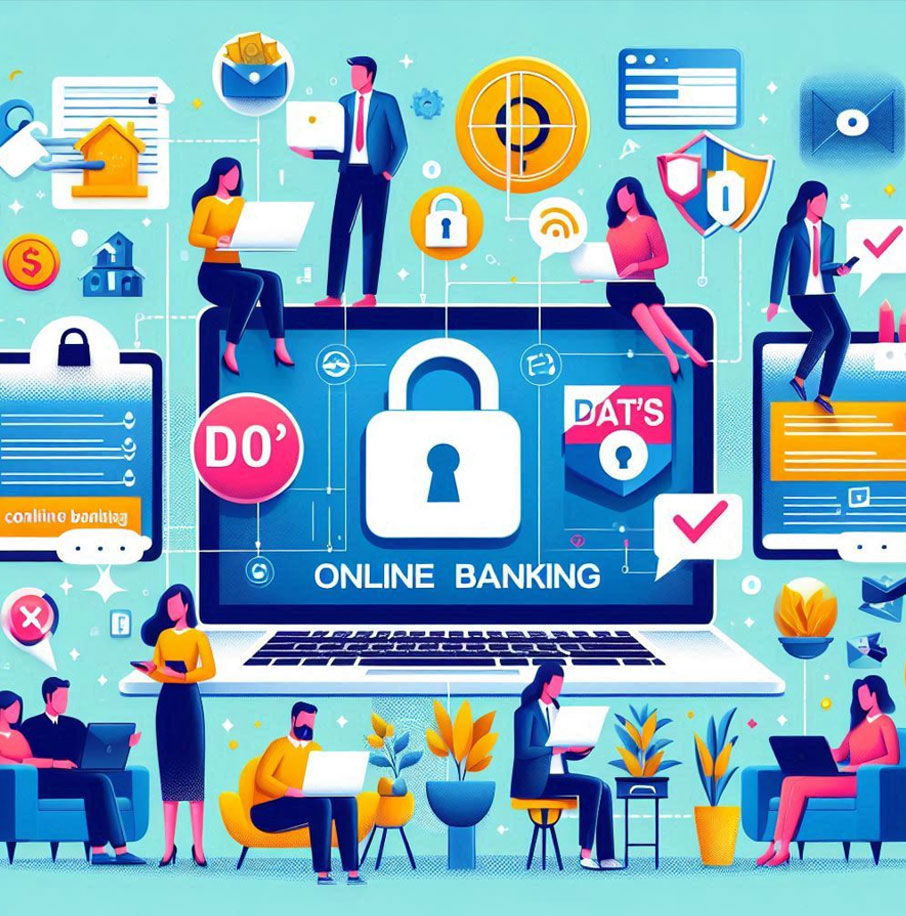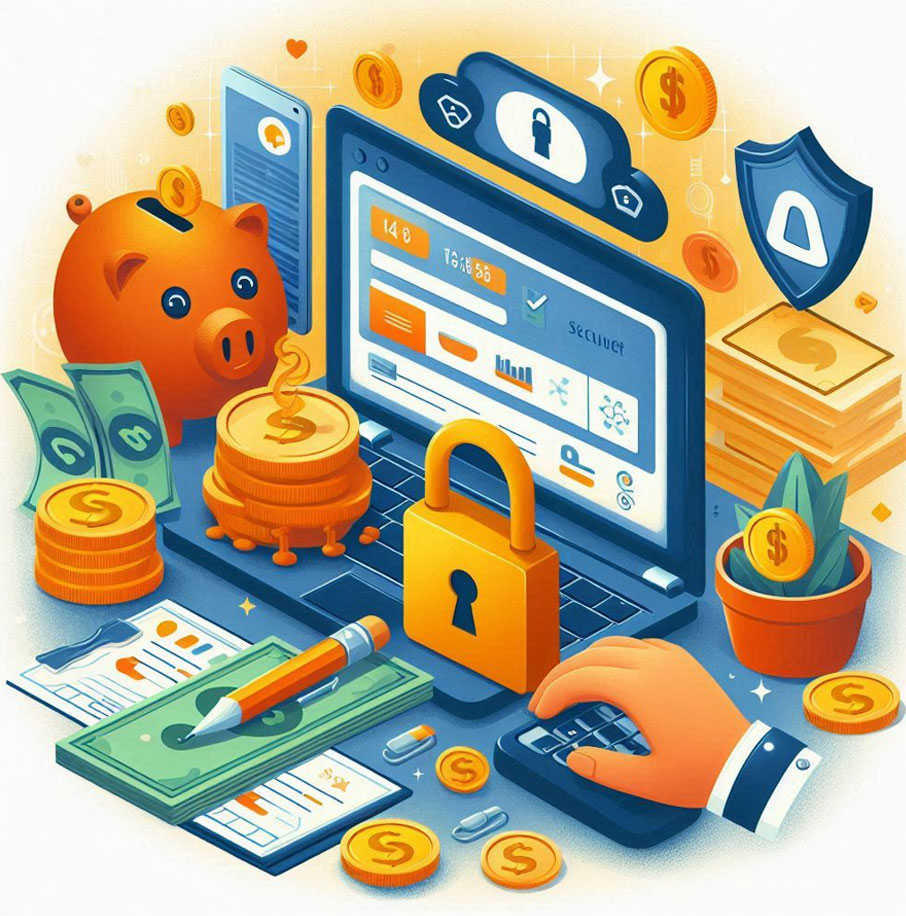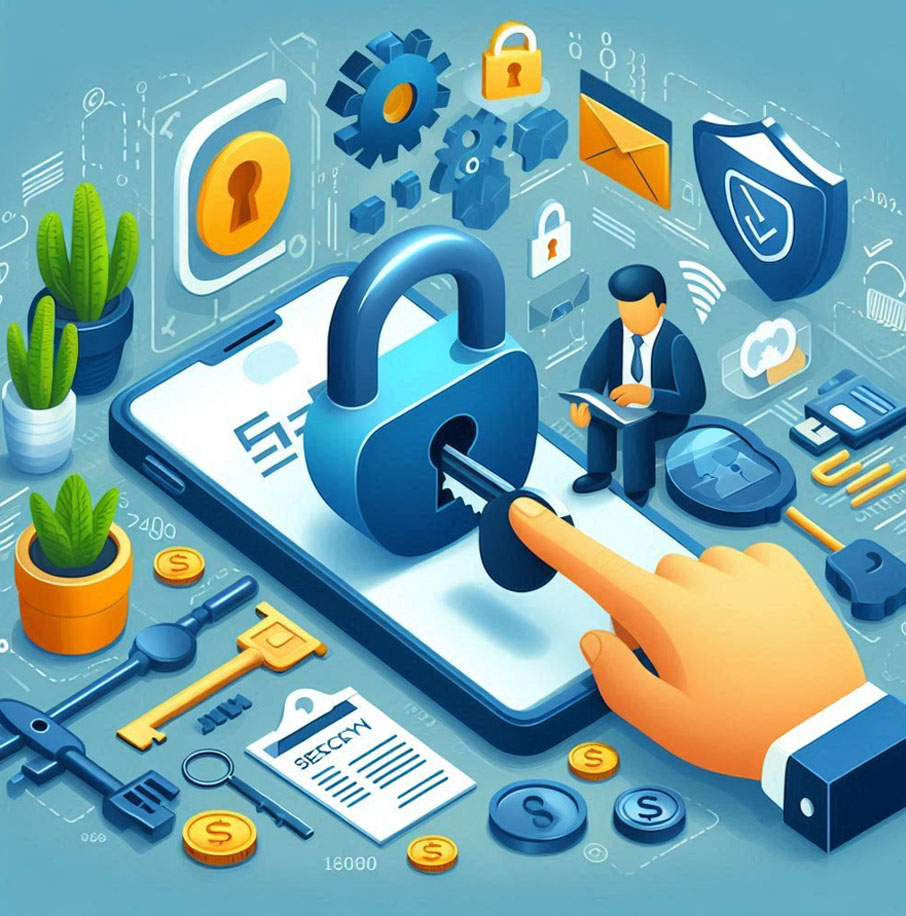Stay Secure, Bank Smart – Online Banking Safety Unveiled!
Click with Confidence – The Ultimate Guide to Online Banking Security!

Online banking has revolutionized the way we manage our finances, offering convenience, speed, and 24/7 access. However, many people still question: Is online banking safe? With increasing cyber threats, protecting your financial data is more important than ever. In this guide, we will explore the security measures used by online banks, potential risks, and best practices to keep your accounts safe.
How Secure Is Online Banking?
Leading digital banks implement advanced security features to ensure your personal and financial data remain safe. Here are some key security measures used by online banking platforms:
Encryption Technology – Most banks use 256-bit SSL (Secure Socket Layer) encryption to secure transactions.
Two-Factor Authentication (2FA) – Adds an extra layer of protection by requiring a password and a second form of verification.
Biometric Authentication – Many mobile banking apps now use fingerprint or facial recognition for login security.
Fraud Monitoring Systems – AI-driven fraud detection tools monitor for unusual transactions and alert users.
Automatic Logout – Online banking sessions time out after inactivity to prevent unauthorized access.
Secure Mobile Apps – Reputable online banking apps use encryption and secure login methods.
Common Online Banking Risks
Despite advanced security, cybercriminals constantly develop new tactics to compromise accounts. Here are some risks to be aware of:
Phishing Attacks – Fraudulent emails or texts attempt to trick users into providing login credentials.
Malware and Keyloggers – Malicious software can track your keystrokes and steal passwords.
Weak Passwords – Simple or reused passwords make it easier for hackers to gain access.
Public Wi-Fi Risks – Using online banking services on unsecured networks can expose data to hackers.
Identity Theft – Cybercriminals may use stolen personal information to access your bank account.
How to Protect Yourself While Banking Online
Use Strong Passwords – Create complex passwords with a mix of letters, numbers, and special characters.
Enable Two-Factor Authentication – Always activate 2FA for extra security.
Avoid Public Wi-Fi – Only use secure and private internet connections for online transactions.
Monitor Your Account Regularly – Check your bank statements frequently for suspicious activity.
Keep Software Updated – Always update your banking apps, operating system, and antivirus software.
Beware of Phishing Scams – Never click on suspicious links or share your credentials.
Sign Up for Alerts – Enable account notifications to receive updates on transactions in real-time.
Choosing a Secure Online Bank
When selecting an online-only bank, ensure that it is regulated and follows strict security protocols. Look for the following:
FDIC or equivalent insurance for deposit protection.
Transparent security policies and fraud protection.
A secure, user-friendly online banking website and app.
24/7 customer support for security concerns.
Final Thoughts
So, is online banking safe? The answer is yes—if you take proper precautions. Online banking services offer robust security measures, but users must also be vigilant. By following best practices like using strong passwords, enabling two-factor authentication, and monitoring accounts regularly, you can enjoy the convenience of online banking with confidence.
By choosing a reputable digital bank and staying informed about security threats, you can protect your finances and bank safely online.




